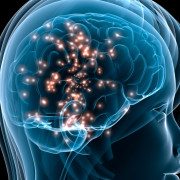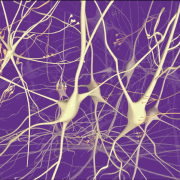Press Release: New Book—The Persuasion Code
Available for pre-order, The Persuasion Code is a book written by the team behind the world’s first neuromarketing agency. Reach your audience with the use of brain sciences and learn about the NeuroMapÔ scientific model.
SAN FRANCISCO, CALIFORNIA – 10 August 2018
CONTACT NAME: Dr. Christophe Morin
EMAIL: [email protected]
—————
The Persuasion Code: How Neuromarketing Can Help You Persuade Anyone, Anywhere, Anytime is available on September 12. This book, published by Wiley, was written by Dr. Christophe Morin and Patrick Renvoise and focuses on influencing your audience with the use of brain sciences. Get on the cutting edge of neuroscience from a book written by the team behind the world’s first neuromarketing agency.
In the book, the authors introduce NeuroMapÔ, a scientific, yet simple model to develop better marketing and sales messages. Aside from marketing and sales, the strategy of persuasion introduced covers both business and personal success. Some of the main concepts include: the dominance of the Primal Brain over the Rational Brain in buying decisions; the only 6 stimuli that always trigger a response; scientific ways to optimize your content and message delivery.
Applying neuroscience to persuasion is an aspect of marketing and advertising every professional should understand. CEOs, VPs, and professionals can all benefit from The Persuasion Code as it touches on brain-based principles for consumer, media, sales, and advertising. Dr. Christophe Morin has been recognized for nearly ten years as a leading researcher and authors in the field of neuromarketing and media neuroscience. Dr. Morin is also a professor of Media Psychology for Fielding Graduate University. Patrick Renvoise is a foremost expert in complex sales.
In a previous book release, Neuromarketing: Understanding the Buy Buttons in Your Customer’s Brain, the authors started the field of neuromarketing. Dr. Christophe Morin and Patrick Renvoise, sold over 200,000 copies and the book was translated in 12 languages. Since 2002, this book has been the go-to text for customers looking to use revolutionary sales and marketing practices.
The company behind The Persuasion Code is SalesBrain, the world’s first neuromarketing agency. Founded in 2002, the company has helped over 600 clients close more business by researching, learning and improving thousands of sales presentations, ads, websites, brochures and more. SalesBrain has worked with over 120,000 executives (including 18,000 CEOs) around the world and delivered over 3000 private workshops to professionals, and marketers around the world.
The Persuasion Code is a culmination of 16 years of research and constant interactions with executives and professionals looking to stay on the cutting-edge of marketing and sales excellence. Preorder the book now @ https://www.wiley.com/WileyCDA/WileyTitle/productCd-111944070X,descCd-buy.html



